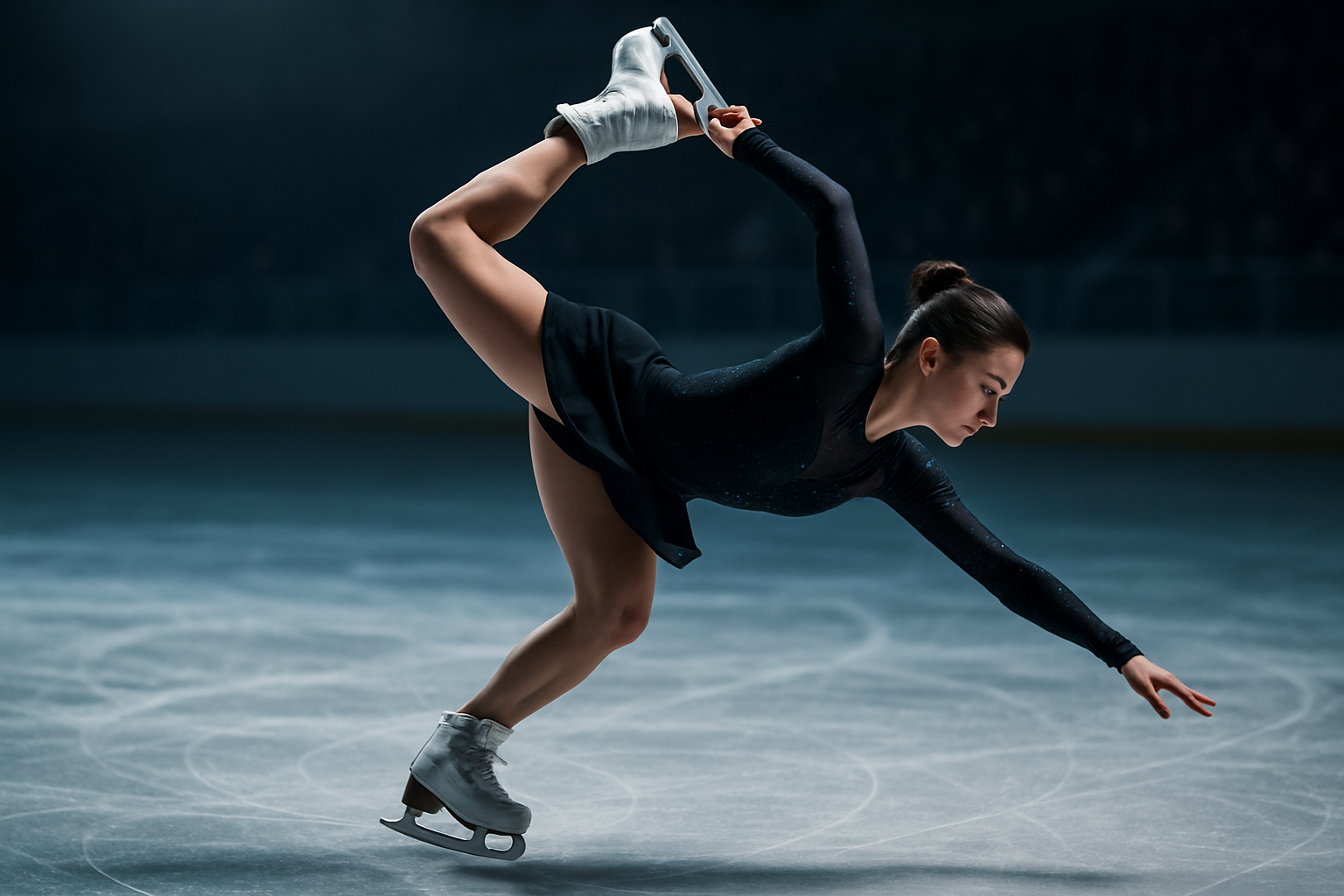Breaking the Ice: The Unseen Rigors and Rewards of Figure Skating
Figure skating, a graceful dance on the ice, has always been synonymous with elegance, beauty, and art. However, beneath the glossy surface, it's a demanding sport that combines the athleticism of gymnastics and the precision of ballet. This article will delve into the unseen rigors and rewards of figure skating, providing a fresh perspective on this awe-inspiring sport.

The Genesis of Grace: A Historical Overview
Figure skating emerged in the mid-19th century when American skater Jackson Haines revolutionized the sport by incorporating ballet and dance movements. Over the years, it has evolved into a popular spectator sport, showcasing exceptional talent and skill at events like the Winter Olympics.
The Rigors: Balancing Athleticism and Aesthetics
Figure skating demands physical strength, agility, coordination, and flexibility. Skaters often train for hours, mastering complex jumps, spins, and footwork. This high-intensity training can lead to physical injuries, making it necessary for athletes to balance their rigorous training with proper rest and recovery.
The Artistry: Beyond Physicality
Figure skating transcends physicality to become an art form. Skaters must interpret the music, portraying emotions and telling stories through their movements. This requires creativity, musicality, and the ability to connect with the audience, adding a unique layer of complexity to the sport.
The Rewards: Triumph Amidst Challenges
The challenges of figure skating are immense, but so are the rewards. Athletes often describe the exhilaration of landing a difficult jump or the satisfaction of delivering a flawless performance. Beyond the personal victories, skaters also have the opportunity to inspire others with their dedication, resilience, and artistry.
The Future: Continuing the Legacy
The future of figure skating holds endless possibilities. As athletes continue to push the boundaries of what is physically possible, we can expect to see even more breathtaking performances. Despite the rigors, the rewards of this sport—personal growth, artistic expression, and the thrill of competition—continue to attract new generations of skaters.
In conclusion, figure skating is more than just a beautiful spectacle. It’s an intricate blend of athleticism and artistry, requiring immense dedication, discipline, and resilience. As we appreciate the grace and beauty of this sport, let’s also acknowledge the unseen rigors and celebrate the rewards that make figure skating a truly extraordinary discipline.






